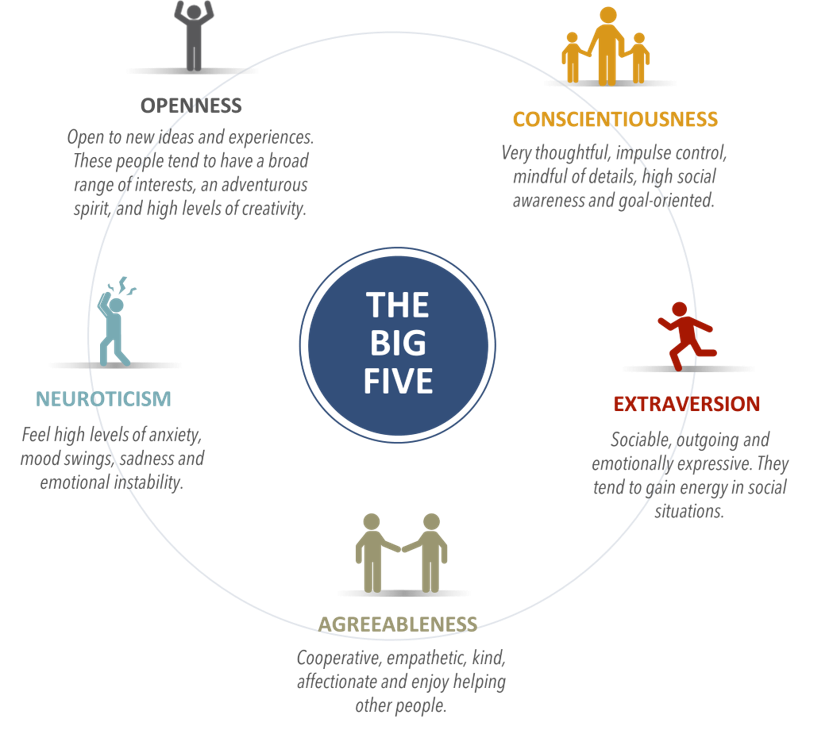Events like the famed San Diego Comic-Con attract throngs of devoted fans dressed in elaborate costumes who will wait in line overnight to catch a glimpse of their favorite actors or creators. For the casual observer, the enthusiasm might seem a bit excessive. However, for attendees the Con is much more than a costume party. It’s a place for fans to gather, connect, and demonstrate their passion for their favorite characters. In short, it is a cultural gathering, ingrained in a fans’ sense of identity.
In most industries, fans are an absolute mystery to the brands that create the content and products those fans consume. And yet, these same fans are valuable and loyal customers who have the power to activate the entire consumer base. They are among a brand’s strongest advocates and influencers—and they don’t require their own marketing budget.
To leverage and increase the power of fans, brands need to identify why consumers become fans and understand the psychological motivations that pull them towards fandom.
How can brands decipher the psyche of their fans to better engage them? One word: data. In today’s world, the breadth and depth of data are limitless. With the right datasets and AI techniques, we can unravel the complex web of human psychology behind superfans of brands.
A fan’s road to the World Cup
In my previous role at the University of Southern California’s Annenberg Innovation Lab, we partnered with Havas Media to better understand football fans and their motivations for engaging with the Rio World Cup. The research uncovered how football fan identities shape behaviors, attitudes and perceptions across 15 markets.
What made this different was the methodology we applied. Rather than segmenting on the basis of gender or frequency of viewing, we adopted a psychometric and behavioral science approach that segmented viewers based on their motivations for engaging with the World Cup. Through this approach, the study revealed that most active fans engaged because of identification, a love of knowing the specific facts of the game (Mastery), a desire to connect with other viewers (Social Connection) and a love of playing the game of football (Play).
These fans not only had higher engagement rates than other fans, but also a higher and more positive perception toward brand sponsors and brand recommendations. By adopting a model-based approach, USC-Havas could better understand the nuanced behaviors of fans and how brands can more effectively engage audiences.
Using AI and Big Data to understand fans
The unique part of this approach to understanding World Cup football fans wasn’t the use of machine learning algorithms; it was the use of psychological models to identify the factors that drive behavior and different brand preferences, team affinities and values within each fan cohort. Although volume of data available is useful, volume alone is not sufficient to unravel the problem.
At Edelman’s Predictive Intelligence Centre (EPIC), we approach fan engagement, behaviors, affinities and psychological motivations through psychological models because they allow us to make sense of people. One model we commonly use is the Big 5 model of personality, which consists of five key personality traits that can be identified through natural language processing of text data.

Once we have identified the relevant psychometric and behavioral models, we then identify the relevant data sources. For example, to understand fan motivations, text data related to a specific brand is a particularly rich source of the language people use to describe different topics. This data provides a powerful indicator of their psychological motivations and even their personality.
From there, we leverage natural language processing and machine learning algorithms to segment audiences into unique audience cohorts based on their comments, searches and level of engagement. In the analysis process, we also use predictive techniques to predict audience affinities and behaviors.
A combination of data collection, predictive modelling and machine learning enables researchers to paint a holistic picture of an audience. We can now determine who they are, what they think, emotions driving their engagement, what types of experiences they value and what factors will deepen their engagement and fandom.
With these powerful insights, brands can then design content experiences, marketing campaigns, communications messaging, social engagement strategies and partnerships that authentically engage their audiences. Gone are the days of brands anticipating the next big trend. Through behavior science, we can help brands predict what their fans will want tomorrow and what will resonate in the future.
Anjuli Bedi is associate director, analytics and psychometrics, Edelman Predictive Intelligence Centre (EPIC).




